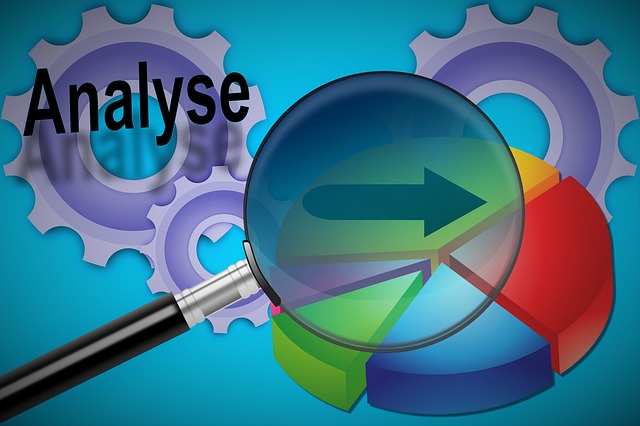
The 2024 BDO Nonprofit Benchmarking Survey Is Out
10.17.2024 | Linda J. Rosenthal, JD

For 2022, the narrative about charitable-giving trends in the United States has continued the story of recent years.
This trend is confirmed in a just-published study and report from Classy, Inc., a San Diego giving-platform firm. In Why America Gives 2022, the authors state: “Across the social sector, organizations see the number of donations from major donors rise. At the same time, the average number of American households that actively give to nonprofit organizations is declining.”
“And yet,” these researchers add, “Americans are no less charitable.”
How can those two statements be reconciled?
In What happened to giving money to charity? (September 27, 2022) vox.com, senior reporter Whizy Kim discusses a growing point of view among experts that the philanthropy sector has done an inadequate job of collecting and analyzing data about the charitable-giving practices of Americans.
Ms. Kim’s regular beat includes “billionaire power and influence” as well as economic inequality. She makes the point that we have myopically and incorrectly viewed charitable support through the lens of money-only gifts; that is, the type of donations that are reported on an organization’s annual Form 990. In reality, Americans have long participated in a much wider swath of charitable activity including volunteer work, as well as direct assistance to individuals through mutual aid networks, crowdfunding, and Go Fund Me campaigns.
When viewed in that way, ordinary individuals and households make up a considerably larger percentage of the charitable-giving pie – more in the range of 80% or so, instead of the much lower numbers officially reported. Conversely, while the outsize power and influence of the mega-donor class is undeniable, a more accurate pie chart would somewhat reduce that group’s percentage.
Ms. Kim notes that she is not the first to raise the point that the data on charitable-giving may be flawed and inadequate. “In recent years,” she explains, “researchers have begun questioning how the philanthropy sector tracks charitable giving. Often, this data captures only a small glimpse of total giving, and it typically spotlights big donors, like billionaires, while overlooking the ways that many Americans give.”
This specific field of research “is still nascent, but a few researchers and data collectors have begun actively working on it.” She mentions, particularly, the work of Lucy Bernholz, a senior research scholar at Stanford University, and her 2019 national study of 33 focus groups. There, “hundreds of Americans” were asked “not how much they gave or why they gave, but how they gave to make the world a better place.”
The responses were stunning; “giving money is only one small part of what philanthropy means for Americans. Giving time was just as frequently mentioned as giving money. Everyday acts of charity, such as sharing skills, giving items, and doing acts of service for neighbors and other community members, were very common.”
Also mentioned by survey participants was the long history in America of “mutual aid societies” along with the now-ubiquitous crowdfunding and Go Fund Me appeals that link individuals more directly with individual charitable donees – bypassing formal 501(c)(3) organizations.
The CEO of Candid, Ann Mei Chang, agrees: “Technology has changed dramatically; the ways people can give have changed dramatically; … our [data-collection and analysis] systems just haven’t kept up.”
By “… only looking at a singular behavior,” we place too much emphasis on the importance and effect of the giving by the ultra-rich.
The just-published charitable-giving survey and report issued by Classy is significant in that it acknowledges this skewing of the data in traditional charitable-giving analyses towards money-only gifts.
The authors state: “Americans’ view of giving has evolved to include donating to established nonprofits as well as giving directly to individuals or causes in need and providing nonmonetary contributions, such as volunteering time. Many donors are passionate about making an impact, but find it challenging to identify an organization that matches their values.”
But – they add – recognizing the prevalence of a greater variety of giving doesn’t negate the cold hard fact that “nonprofits still need individuals’ monetary donations to create long-term sustainability.” Accordingly, the Classy report “dives into the psyche of donors who do engage monetarily with nonprofits and individual giving.” They “… offer insight into what motivates and influences loyal donors vs. passive donors, how economic uncertainty and timely events play a role in their giving patterns, and the growing differentiation among generations.”
This analysis and these findings are presented in a visually appealing, 24-page, downloadable PDF, format.
The Classy survey and report is excellent and a must-read for the many nonprofit leaders and fundraisers currently engaged in the frantic, end-of-year, fundraising sprint – and beyond.
The data and discussions around the generational differences in giving patterns and motivations are particularly insightful and eye-opening.
– Linda J. Rosenthal, FPLG Information & Research Director
